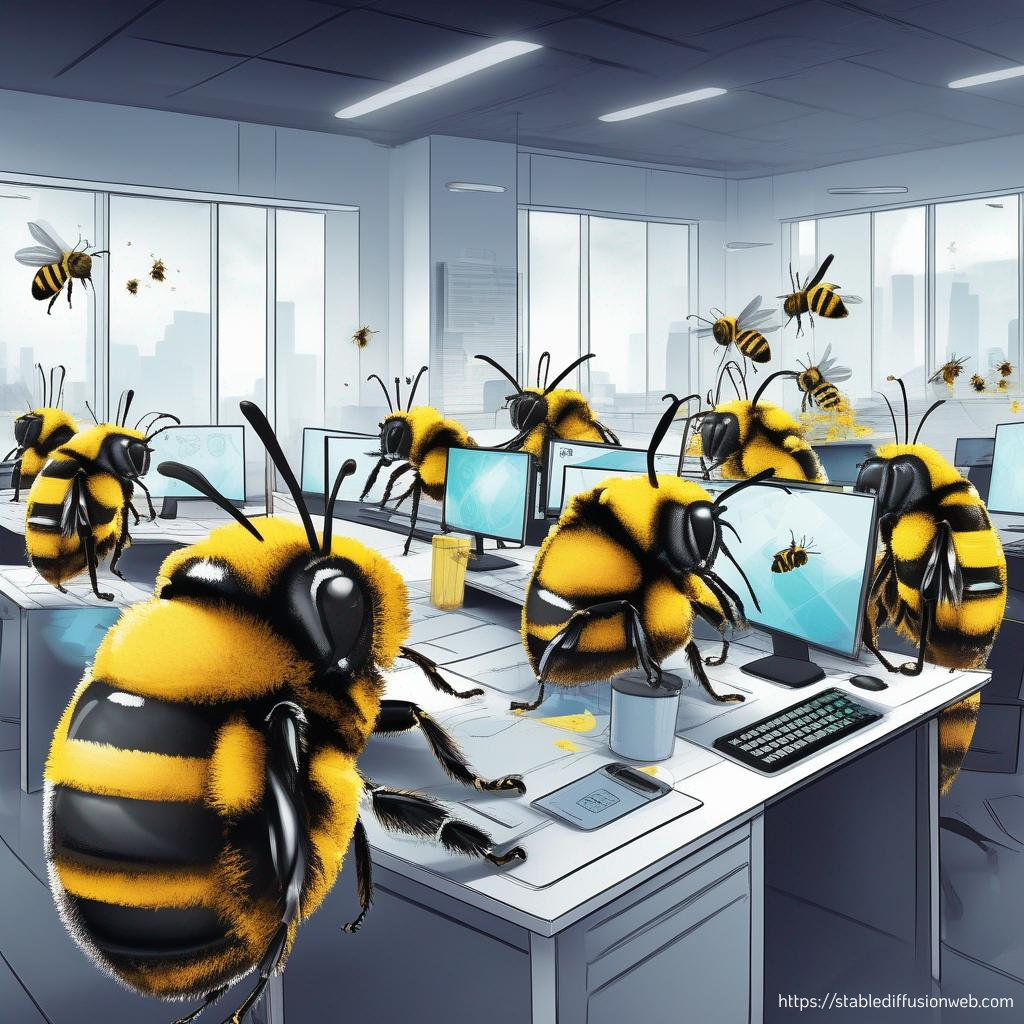"Buzzing Breakthroughs: Unleashing the Corporate Potential of Human-Sized Bees"
"Bees at Work: Tiny Titans"
Introduction:
Imagine if bees were magically transformed to the size of humans, could these tiny, busy buzzing creatures outperform people in the corporate world? As ridiculous as this concept may seem, it's worth exploring if this could be an intriguing possibility.
Efficiency and Work Ethic
Bees are exceptional workers in the hive and work efficiently within their environment. Compared to humans they work gruesome hours to ensure the greater good of the hive with each member having a specific job description that contributes to the overall success of the hive community. With this work ethic in mind, applying this way of working and cooperation would increase productivity and benefit in any business workplace today.
Communication Skills
Bees communicate through intricate dances and pheromones to convey information about food and threats.
This could revolutionise the way teams and individuals collaborate, share ideas, and solve problems while getting exercise at the same time.
Environmental Consciousness
Bees possess an innate ability to preserve their ecosystems and are extremely dedicated to safeguarding their environment. This heightened sense of environmental awareness could potentially serve as a source of inspiration for promoting sustainable practices in the corporate world. Implementing such practices in the corporate sector would have a profound impact on the ecosystem and the overall well-being of individuals in the workplace.
Adaptability
Bees are experts at adapting to their environment, unlike some corporate dinosaurs who throw tantrums when they have to move to another desk. Bees can quickly and effectively respond to changes in their environment by adopting new strategies. This is essential for their survival, especially in the face of severe weather conditions, predators, and toxic substances that can harm the hive.
Teamwork and Collaboration
Bees are a prime example of teamwork and collaboration. Each bee in a hive has a specific role, and they work together seamlessly to achieve common goals. They do not question their responsibilities or decide which tasks to carry out each day. Similarly, in an office setting, when employees work together towards problem-solving and innovation, they can share the same objectives and collaborate to be more productive as a unit. This unified approach helps reduce vulnerability and risk, leading to greater accomplishments.
Here's a breakdown of how different types of bees and their functions could represent jobs in the corporate world:
Worker Bees - Administrative and Operations/Service Desk Staff
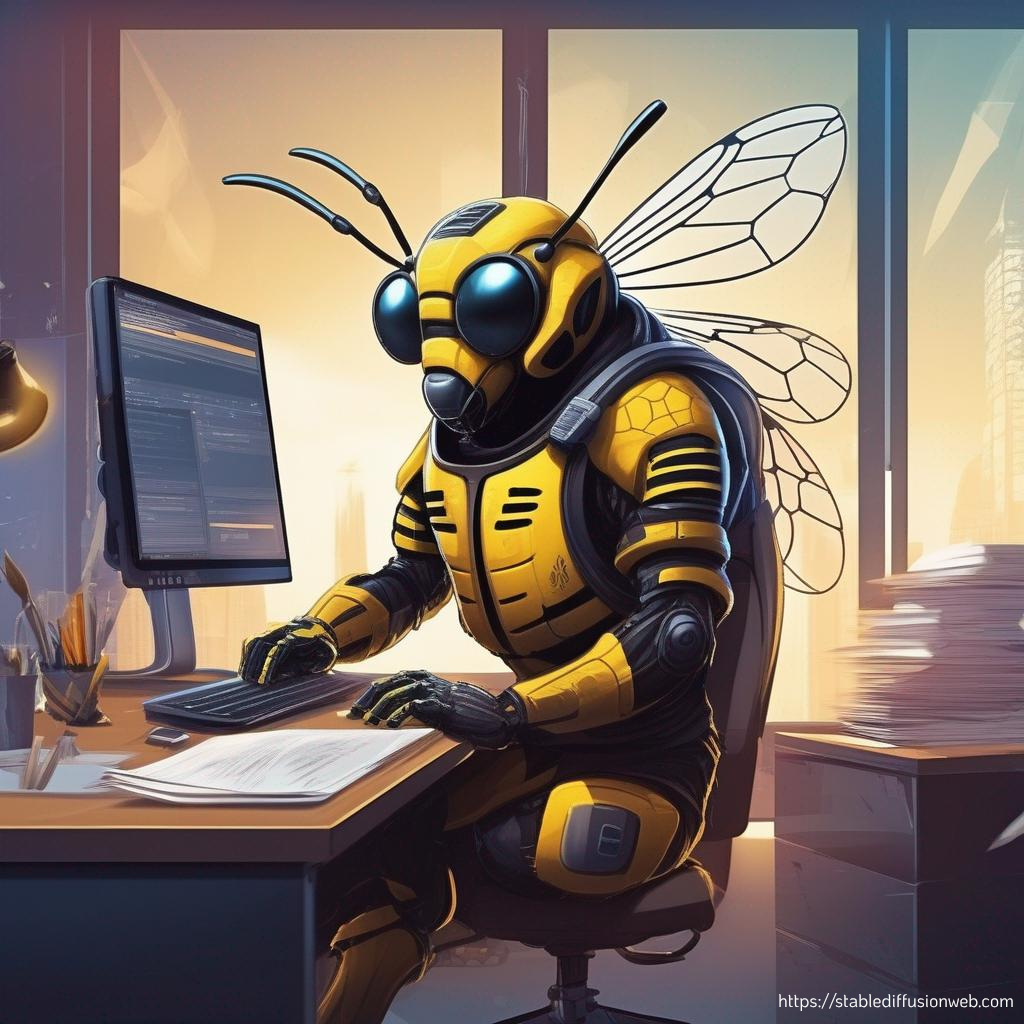
The hive consists of worker bees who perform crucial tasks like foraging, cleaning, and nursing to ensure the survival of the hive. These bees act like an engine, constantly working to maintain the hive's success.
In an office, administrative and operations staff can be likened to worker bees, handling day-to-day tasks that keep the workplace running smoothly.
Queen Bee - CEO Leadership and Executive Roles
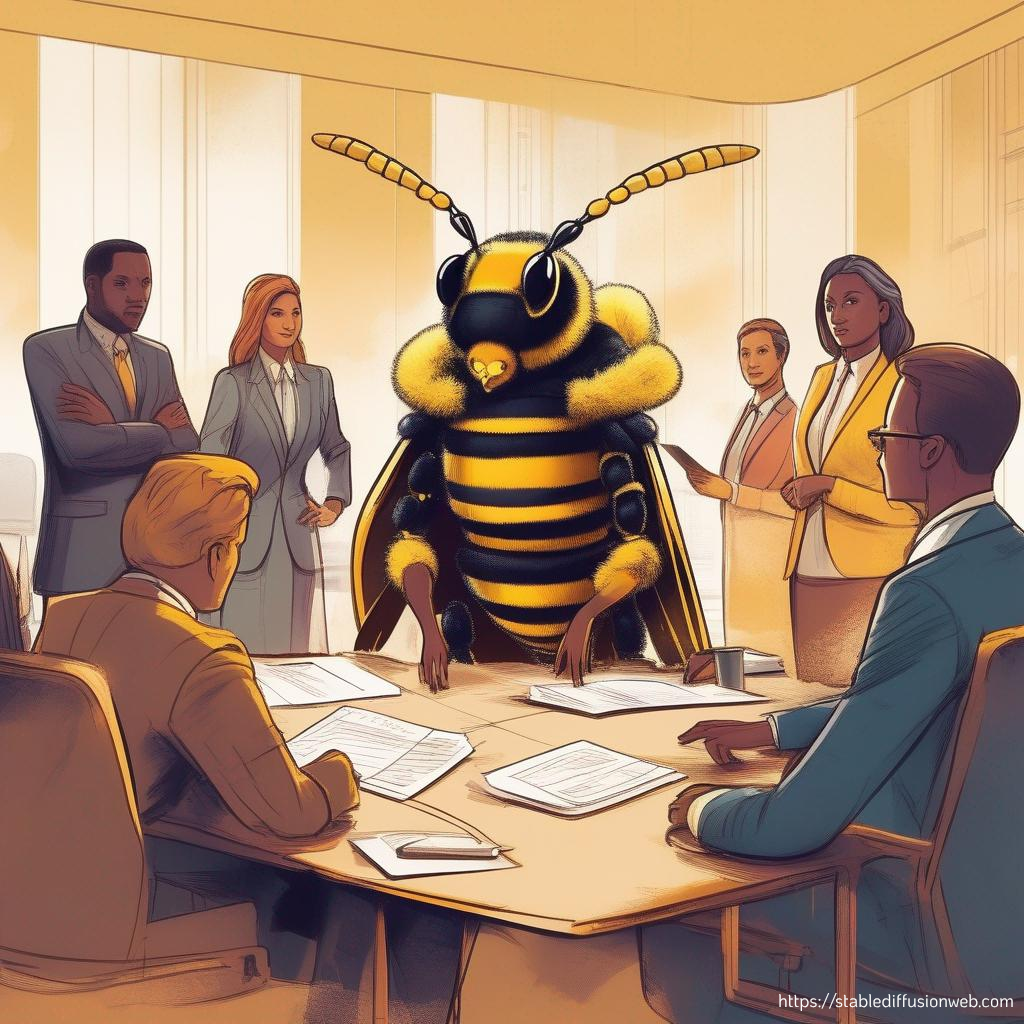
The queen bee is the center of the hive, responsible for laying eggs and providing guidance to the other bees.
In the corporate world, leaders and executives who steer the company's direction, make strategic decisions, and set the tone for the organisation can be compared to the queen bee.
Drone Bees - Specialized or Project Teams
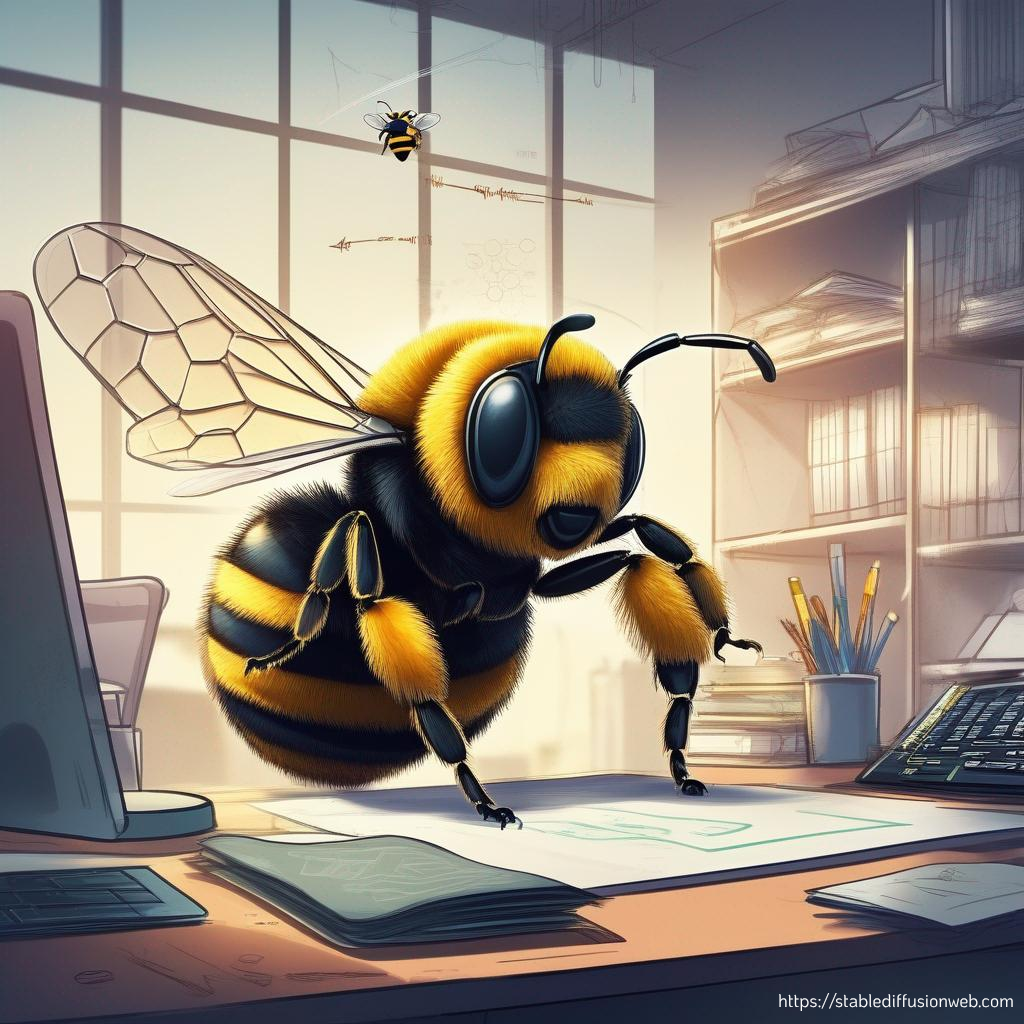
Drones in a beehive have the specific task of mating with a queen.
In an office, there are individuals who work in specialised or project teams, focusing on a particular task or project for a defined period. These individuals can be compared to drone bees in a hive, as they contribute to the overall success of the company through their specialized roles.
Forager Bees - Sales and Business Development
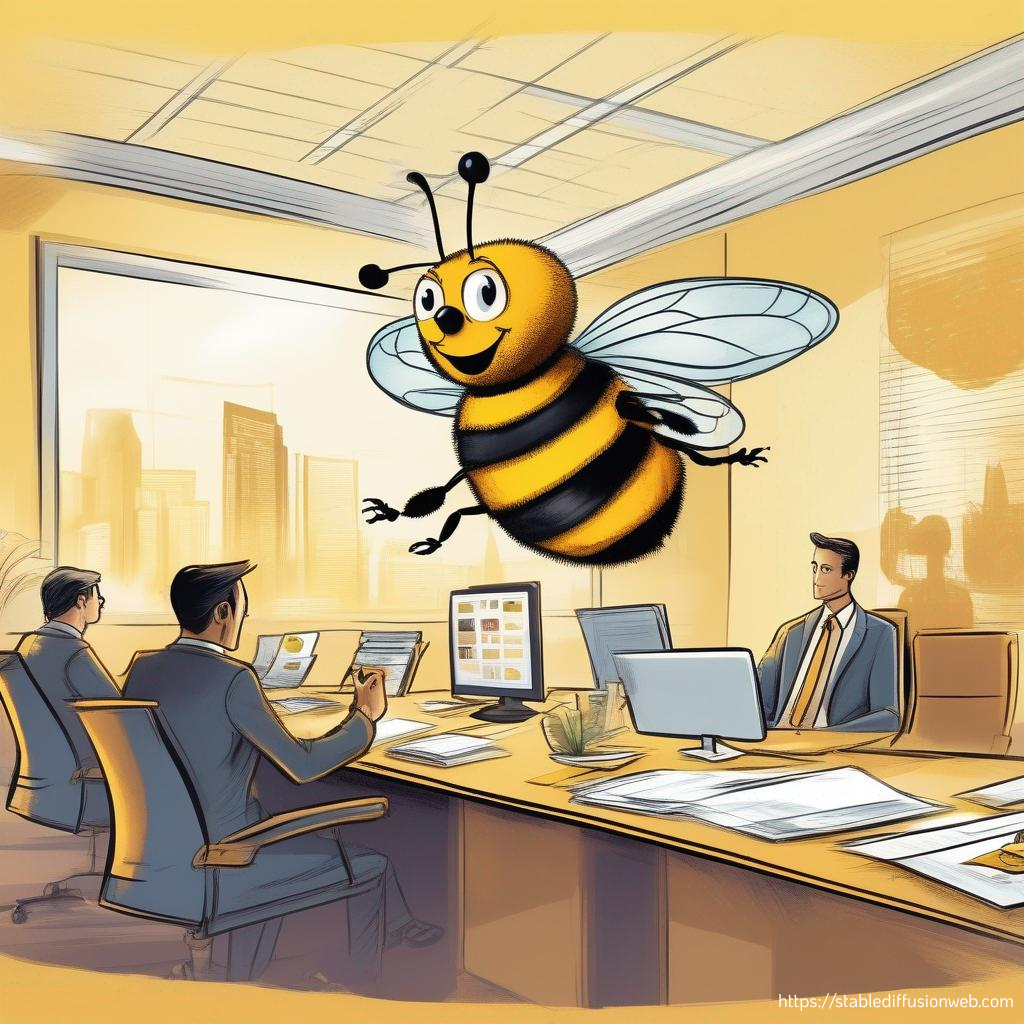
Forager bees are responsible for collecting nectar and pollen.
Corporate sales and business development teams are like foraging bees, constantly seeking opportunities, clients, and partnerships to bring in "nectar" for the company.
Nurse Bees - Human Resources and Employee Development
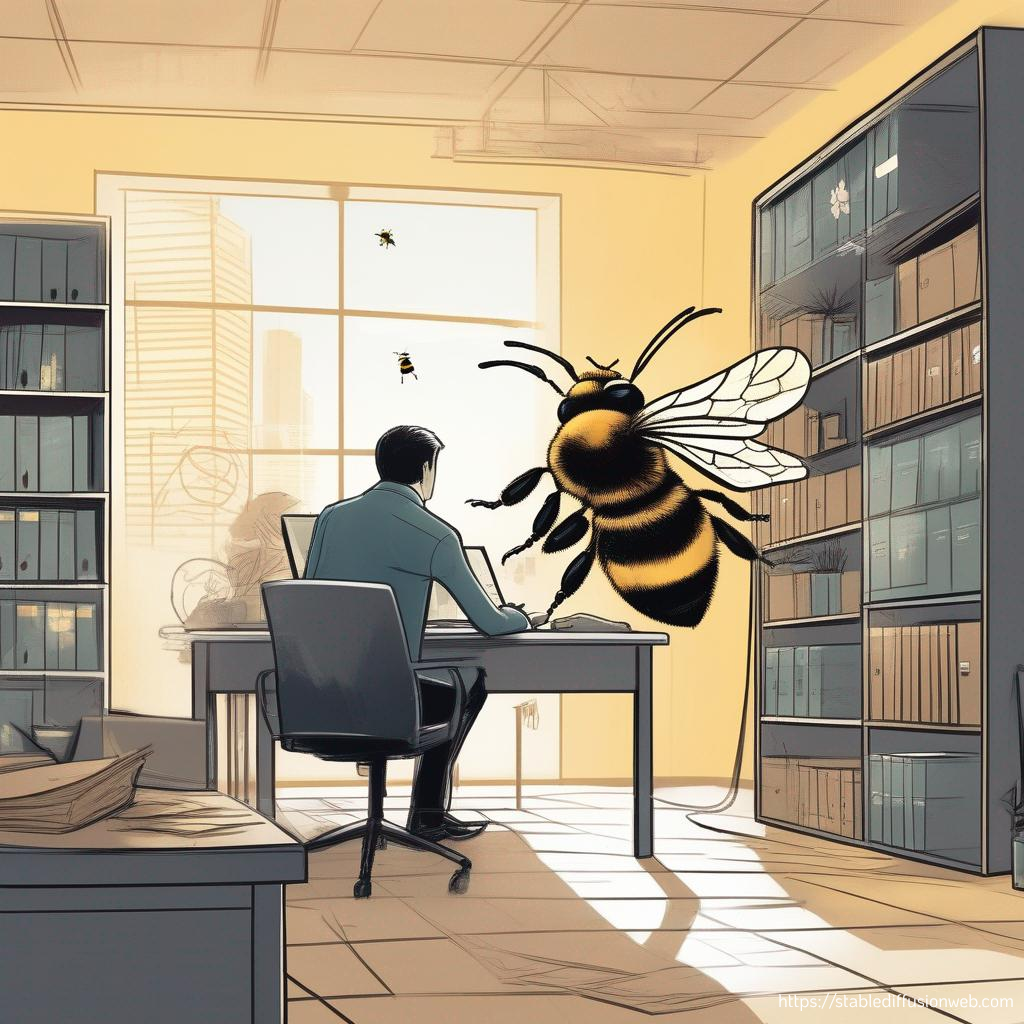
Nurse bees attend to the needs of the developing brood.
In an office, the human resources and employee development departments can be seen as the nurse bees. They take care of the development and well-being of the "employee brood."
Guard Bees - Security and IT Teams
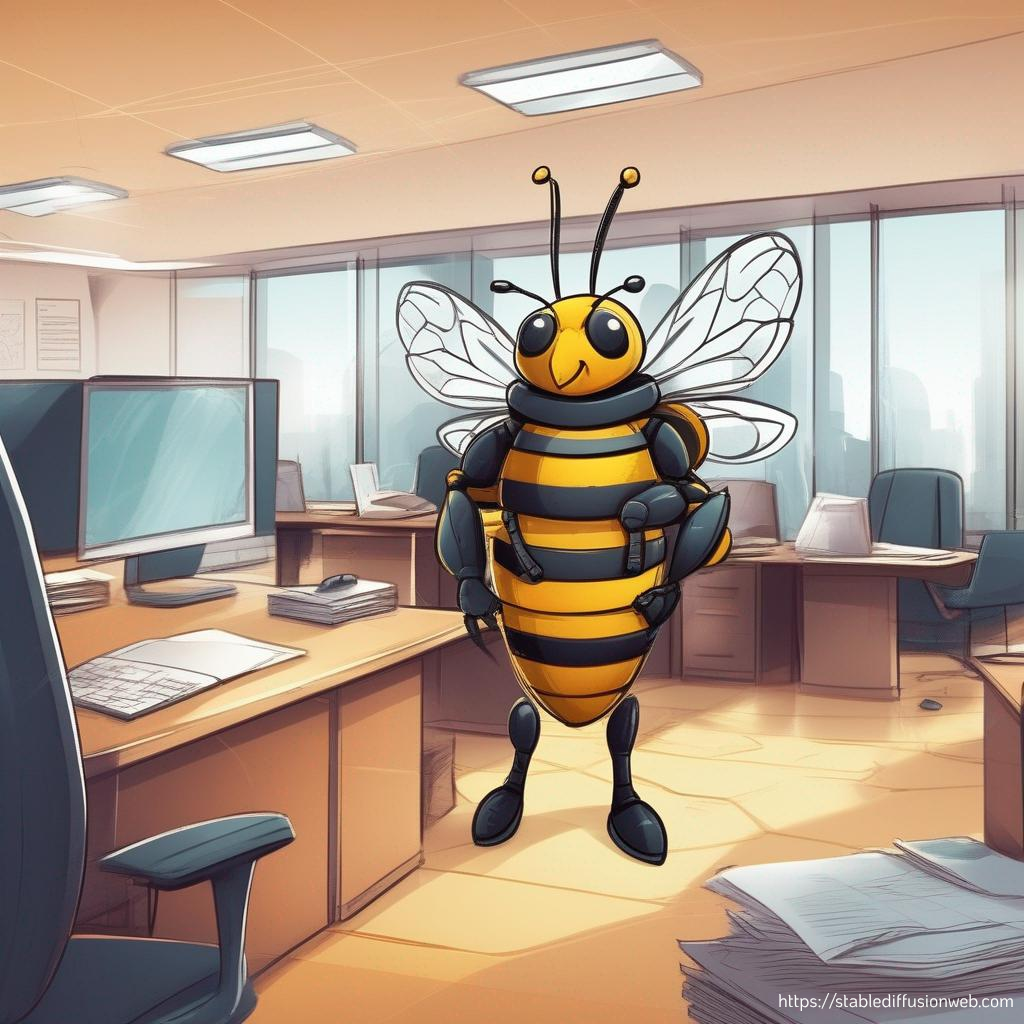
Guard bees protect the hive from potential threats.
Security and IT teams act as guards for company assets.
Builder Bees - Project Management and Development Teams
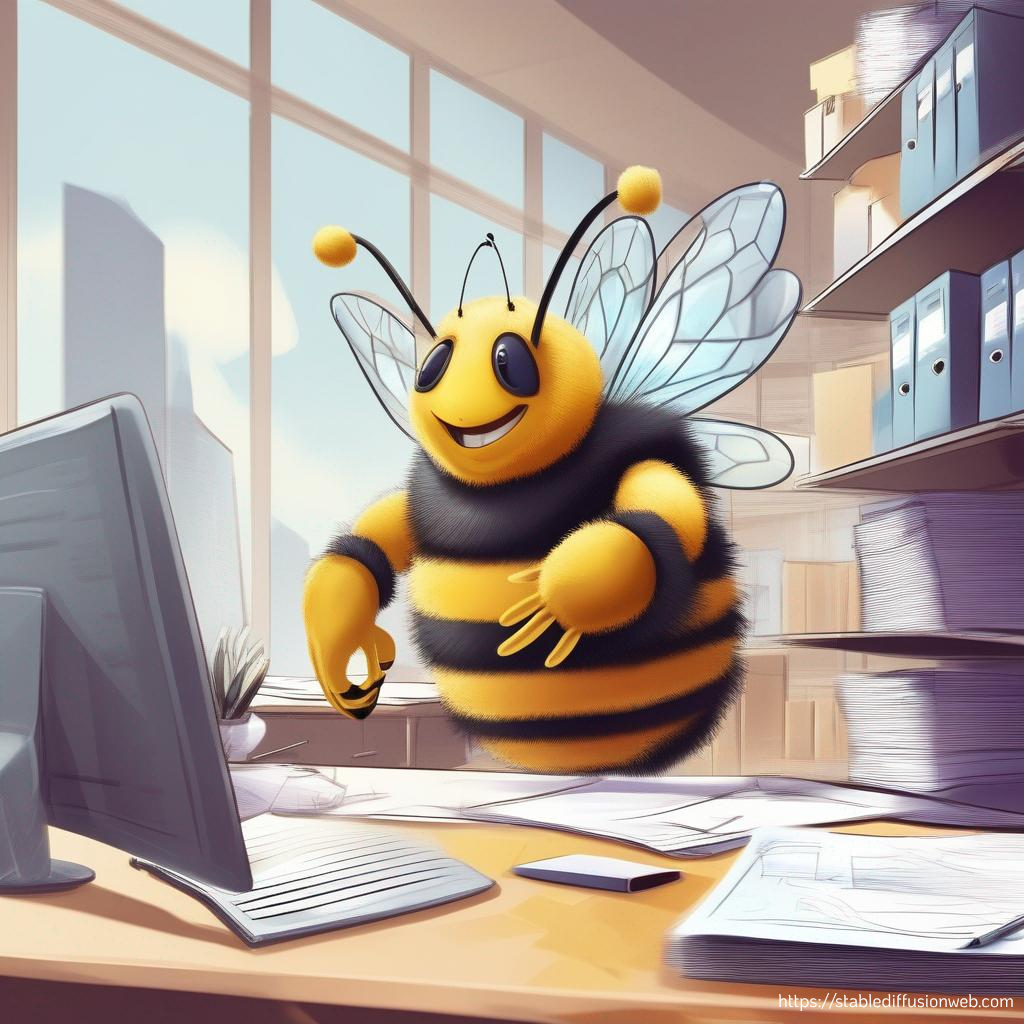
Builder bees construct and maintain the hive.
In an office, project management and development teams are like builder bees, working on creating and enhancing the company's infrastructure, products, or services.
Undertaker Bees - Compliance and Legal Departments
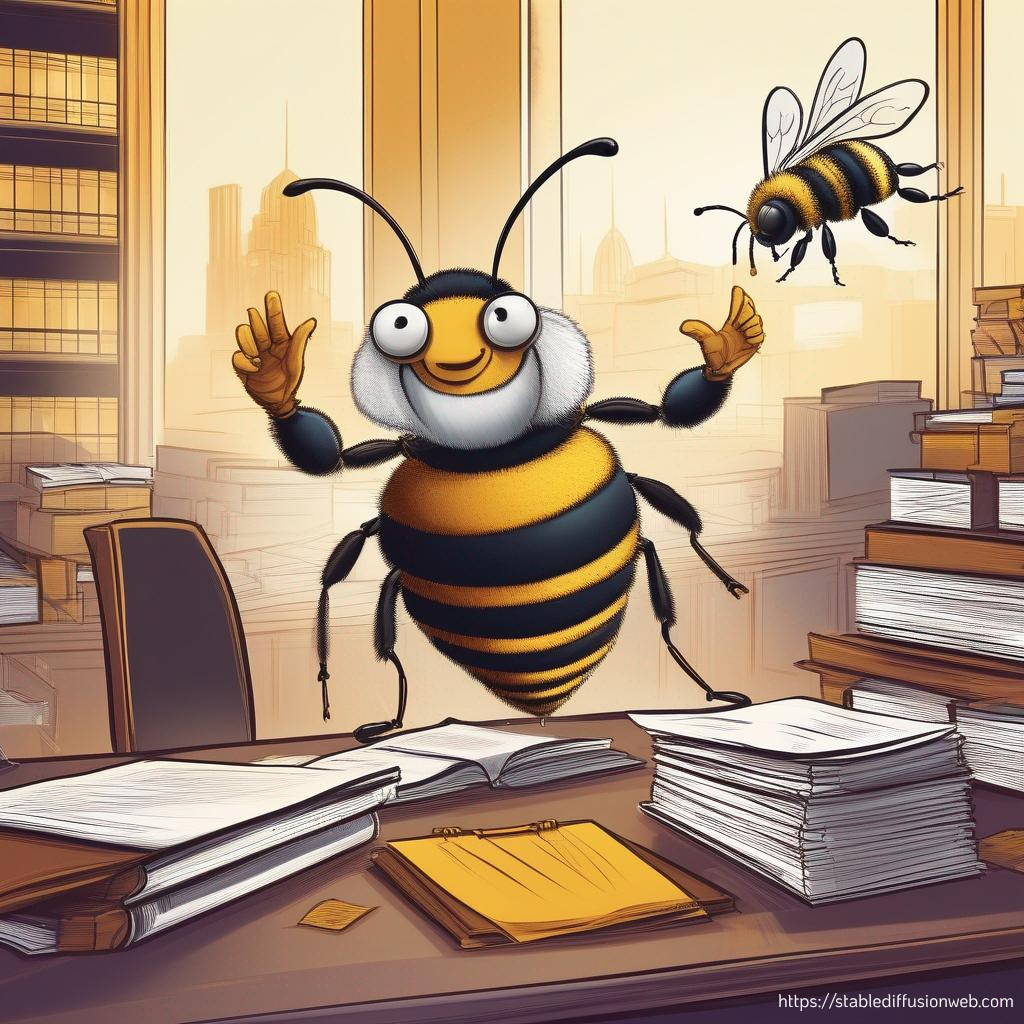
In a beehive, the undertaker bees have the task of removing any dead or diseased bees from the hive. Similarly, in the corporate world, the compliance and legal departments can be compared to undertaker bees. They ensure that any legal or regulatory issues are appropriately addressed and removed from the organization, especially with regard to redundancies.
By drawing these parallels, one can understand the diversity of roles within a beehive and how each of them contributes to the overall success and functionality of the colony. This is similar to the various roles within an office that contribute to the success of a company.
Conclusion
Bees' behaviour and characteristics teach us about efficiency, communication skills, environmental consciousness, adaptability, and teamwork. They could revolutionize the way we work. Imagine having them as coworkers in meetings.

